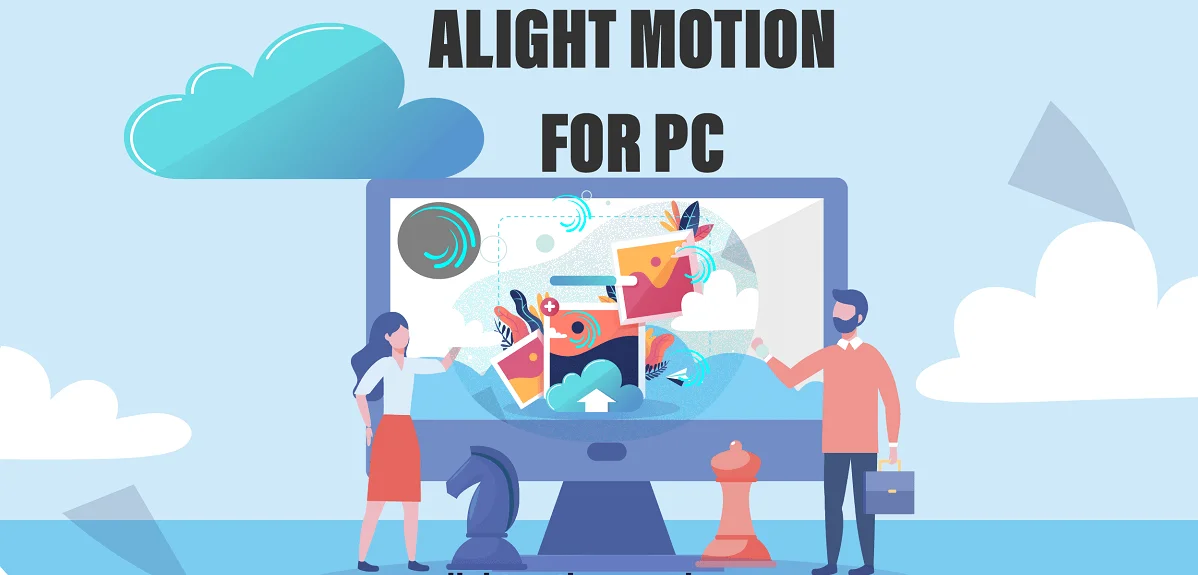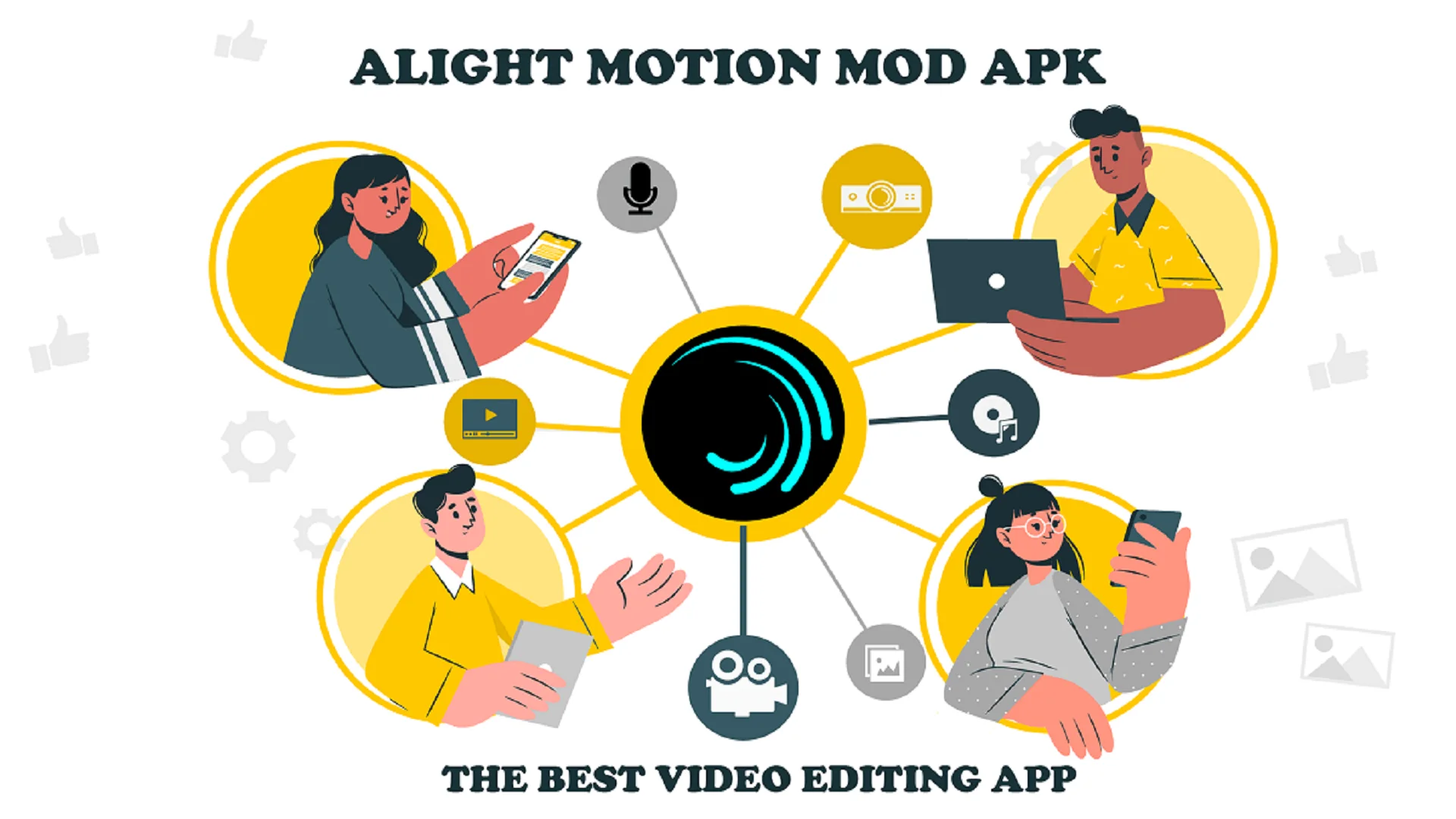Your cart is currently empty!
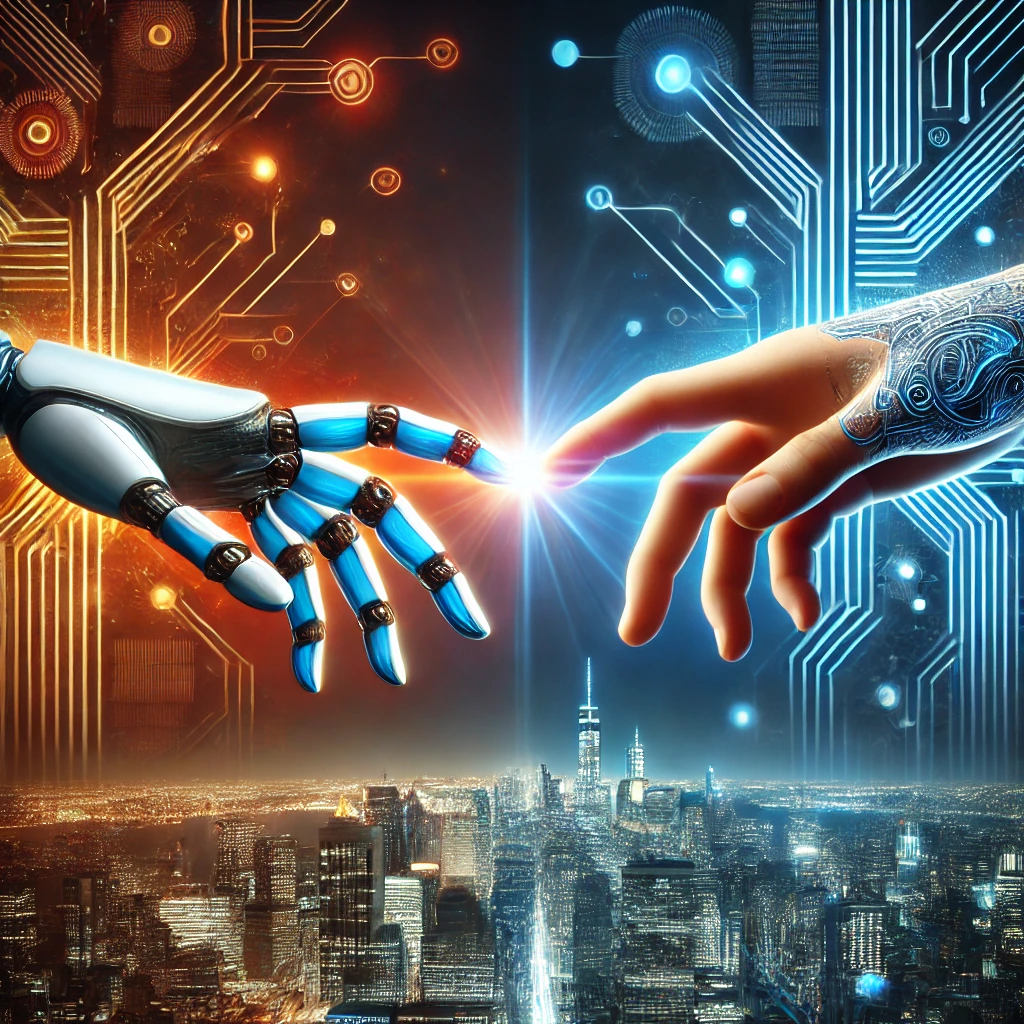
Why AI Will Never Replace Humans: 7 Essential Human Qualities Machines Can’t Match
Today I was casually browsing the web and I came across an Adidas video created entirely using AI. It immediately caught my attention with its amazing story and stunning visuals. I couldn’t help but be amazed at how advanced artificial intelligence has become. Yet, as I admired the video, a lingering question crossed my mind:…
Today I was casually browsing the web and I came across an Adidas video created entirely using AI. It immediately caught my attention with its amazing story and stunning visuals. I couldn’t help but be amazed at how advanced artificial intelligence has become.
Yet, as I admired the video, a lingering question crossed my mind: if AI can create such impressive content, could it one day take over most human jobs? The thought was both fascinating and unsettling. Driven by curiosity and a hint of concern I decided to dive deeper into this question. What I discovered reassured me: despite its incredible capabilities, Artificial intelligence can never truly replace the essence of what it means to be human. Let me share why but first, let’s have a look at the video I was talking about:
fascinating isn’t it? I’m sure many of you are amazed by what artificial intelligence can achieve. Now, let’s dive deeper and discuss the question at hand: Can AI truly replace humans?
Table of Contents
The Essence of Human Creativity
The Adidas video is undeniably a work of art, showcasing a seamless blend of technology and creativity. However, it’s crucial to remember that artificial intelligence didn’t come up with the concept all on its own. Behind the scenes, it was human ingenuity that sparked the idea, shaped the narrative, and set the vision in motion. The video itself, astonishing as it is, was reportedly put together during a coffee break an impressive testament to AI’s efficiency, but also a reminder of the human touch that made it possible. The creators guided the process, providing the ideas, setting the parameters, and refining the output to ensure it resonated with the intended audience.
While artificial intelligence excels at copying patterns, analyzing data, and generating content, it fundamentally lacks the spark of originality and the ability to invent, imagine, and create something entirely new, so far. True creativity stems from personal experiences, emotions, and the innate drive to solve complex problems in innovative ways. These are qualities that AI cannot replicate, as it relies solely on pre-existing data and algorithms. Unlike humans, AI doesn’t dream, experiment, or challenge boundaries. It’s this uniquely human ability to think beyond the ordinary, to take risks, and to push the limits of imagination that has driven history’s greatest works of art, literature, and science.
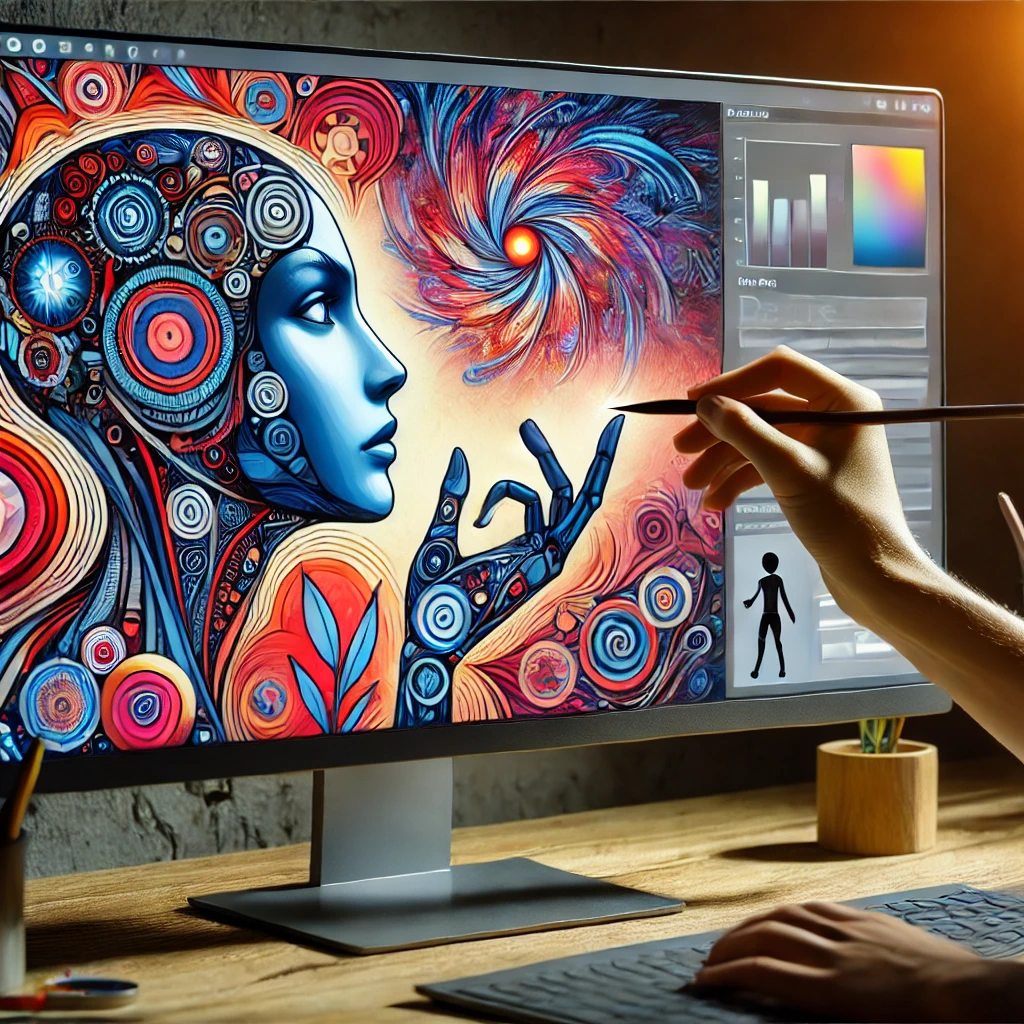
For instance, while AI tools like DALL·E or MidJourney can generate visually stunning artwork, they depend entirely on human-crafted prompts to direct their creativity. These tools excel at combining patterns, colors, and concepts derived from pre-existing data, but their output is limited to the instructions and inspiration provided by humans. Without a guiding vision, the images they produce would lack intention, coherence, or emotional resonance.
Take, for example, iconic advertising campaigns like Nike’s “Just Do It” or Apple’s “Think Different.” These campaigns were not just slogans but powerful messages that tapped into human aspirations, cultural moments, and universal emotions. They were the result of deep insight into the human condition, a profound understanding of societal trends, and a bold willingness to challenge the status quo. The creative minds behind these campaigns didn’t just aim to sell products; they aimed to inspire, connect with people on a personal and emotional level, and leave a lasting cultural impact.
AI lacks the ability to originate such ideas on its own because it cannot truly understand human emotions, values, or the nuances of culture. While AI might assist in optimizing an ad’s reach or crafting variations of a concept, it cannot envision a groundbreaking campaign rooted in innovation, empathy, or the shared human experience. These uniquely human qualities—intuition, emotional intelligence, and the ability to think outside predefined patterns—are what transform a simple advertisement into an enduring symbol of inspiration.
This highlights how human creativity remains at the heart of meaningful innovation, using tools like AI not as replacements but as amplifiers of human potential.
Emotional Intelligence: The Human Touch
Artificial intelligence can analyze emotions in data, but it can never truly feel them. Empathy, compassion, and the ability to connect deeply with others are essential in jobs like healthcare, education, counseling, and leadership. These roles require more than logic; they need a genuine human connection.
Consider the role of a counselor guiding someone through trauma or a teacher inspiring a student to achieve their potential. While artificial intelligence can offer programmed responses, it cannot truly understand or relate to human experiences. Similarly, leadership requires inspiring teams, understanding personal struggles, and fostering a shared vision.
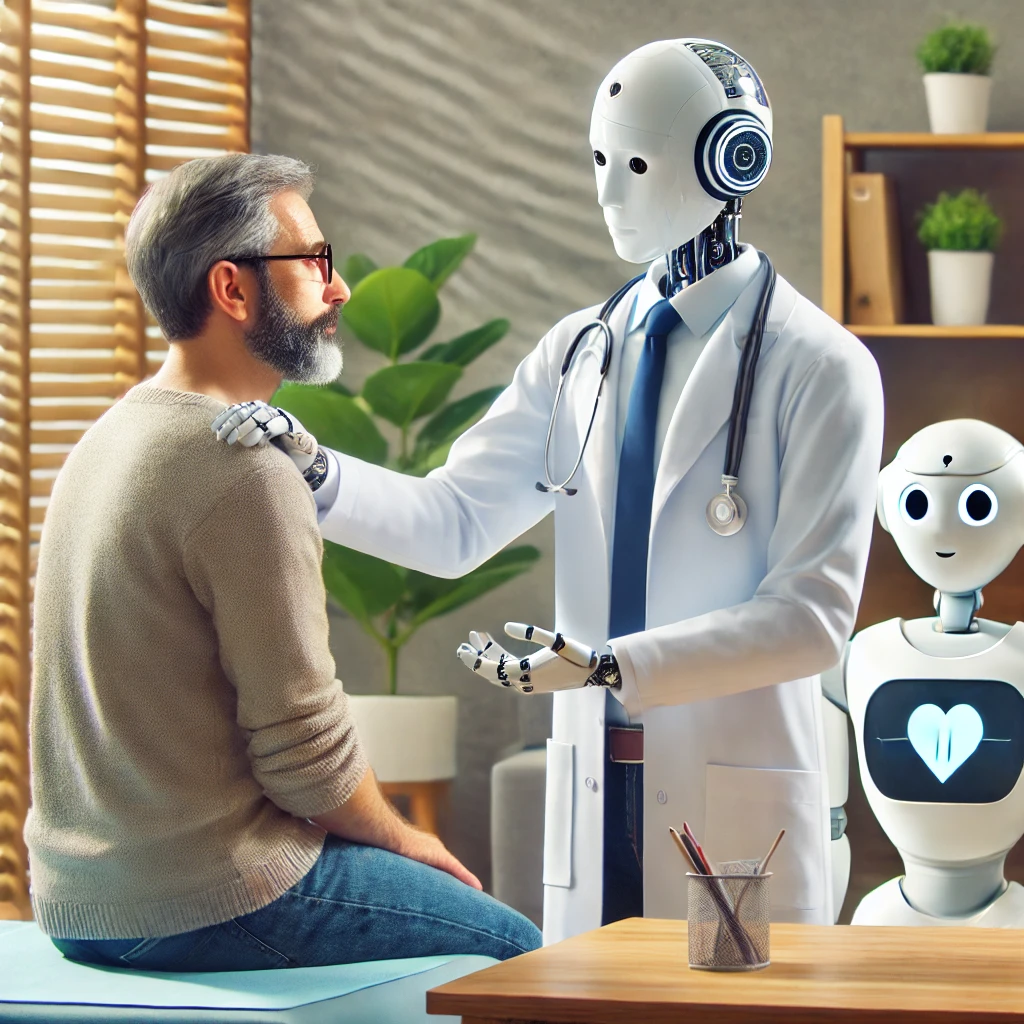
For example, during the COVID-19 pandemic, while chatbots and automated systems proved invaluable in providing quick responses to frequently asked questions and basic support, it was human doctors, nurses, and healthcare workers who truly made a profound difference. In overcrowded hospitals, patients were often isolated, scared, and uncertain about their futures. It was the empathetic presence of a nurse holding a patient’s hand, the reassuring words of a doctor explaining treatment options, or the heartfelt encouragement of a healthcare worker that brought solace in those difficult times.
Technology played its part, efficiently managing logistical challenges, streamlining data collection, and helping allocate resources. However, a chatbot’s ability to answer a question or a robot’s precision in delivering medical supplies could never replicate the power of a compassionate smile, the soothing tone of a voice, or the healing touch of a human being.
In moments of despair, human caregivers stepped in to bridge the gap between clinical expertise and emotional connection. They offered comfort not just through medical interventions but by understanding and responding to the unique fears and feelings of each patient. It is this depth of empathy, spontaneity, and genuine warmth—qualities rooted in shared humanity—that no machine, regardless of sophistication, could provide.
Adaptability in Unpredictable Scenarios
Artificial intelligence works well with structured data and predefined rules, but humans excel in unexpected situations. Real-world decision-making often requires a mix of logic, intuition, and experience.
Imagine a disaster response team dealing with a crisis. While artificial intelligence can assist with predictions and data analysis, it’s the humans on the ground who navigate the chaos and make life-saving decisions in real-time. Whether it’s adapting to sudden market shifts in business or resolving conflicts in interpersonal relationships, humans have the flexibility to think on their feet and make decisions that go beyond binary logic.
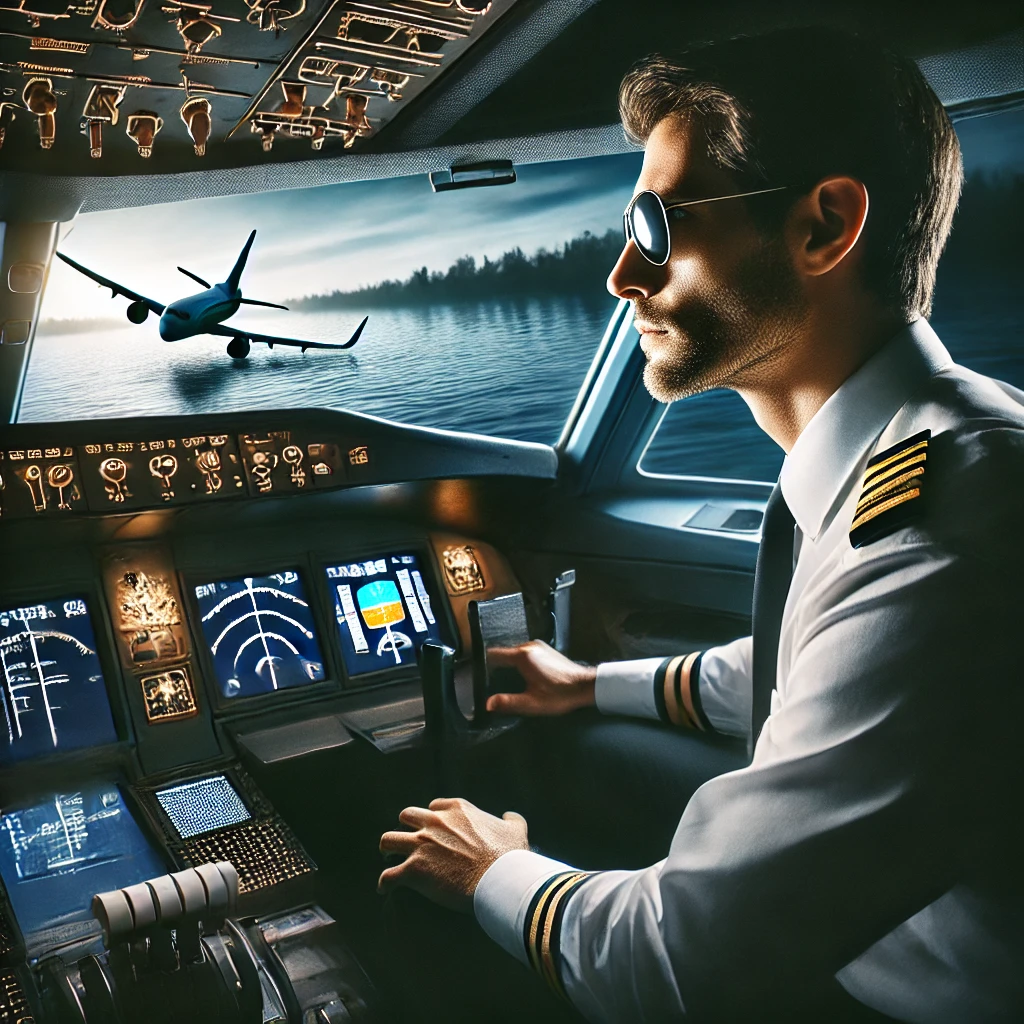
Consider the remarkable example of pilots handling emergencies—like the heroic actions of Captain Chesley ‘Sully’ Sullenberger. When US Airways Flight 1549 experienced a catastrophic bird strike that disabled both engines shortly after takeoff, Captain Sullenberger faced a life-or-death decision. With no engine power and limited time, he made a split-second judgment to land the aircraft on the Hudson River, saving all 155 people onboard.
What makes this feat extraordinary is the combination of skills, instincts, and years of accumulated experience that Captain Sullenberger brought to that moment. He analyzed the situation in real-time, communicated effectively with his co-pilot and air traffic control, and remained calm under immense pressure—all while prioritizing the safety of every passenger and crew member.
No artificial intelligence system, no matter how advanced, could have replicated such an act of improvisation. Artificial Intelligence relies on pre-programmed data and algorithms, which work well under predictable conditions. However, in unprecedented and chaotic scenarios like this one, the human ability to adapt, draw from past experiences, and make moral and intuitive decisions is irreplaceable. This example underscores how critical human judgment is in situations where lives are at stake and the path forward is anything but clear
Ethics and Morality: A Human Compass
Artificial Intelligence follows programmed rules, but it doesn’t understand morality. Ethical decisions often involve complex judgments based on values, culture, and context.
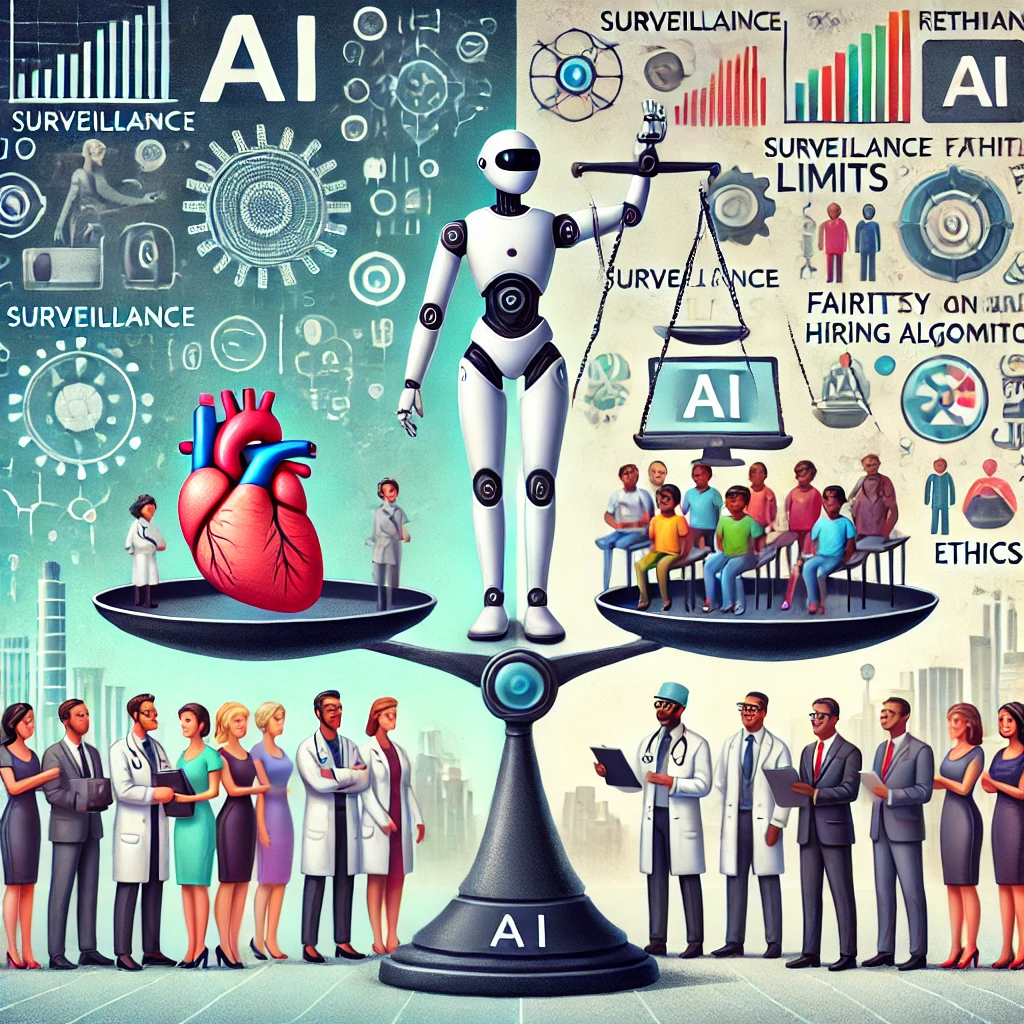
For instance, in the realm of medicine, artificial intelligence can analyze symptoms and suggest treatments, but deciding who gets priority in life-saving situations requires human oversight. The same applies to creating regulations around AI use whether it’s deciding the limits of surveillance or ensuring fairness in hiring algorithms. Humans are needed to guide AI development in ways that align with societal values and long-term well-being.
Jobs That Require a Personal Touch
Some jobs naturally need human presence and connection. Think about a therapist offering a listening ear, a chef creating a unique dish infused with cultural heritage, or a musician performing live and engaging directly with an audience. These roles go beyond technical skills; they involve passion, storytelling, and a personal touch that resonates with people.
Even in highly technological fields, collaboration and brainstorming among team members often lead to breakthroughs. It’s the fusion of diverse perspectives, emotions, and creativity that drives innovation. The human element ensures that solutions meet the nuanced needs of society in ways that artificial intelligence cannot replicate.
Take the electric energy of a live performance by artists like Beyoncé or an orchestral conductor leading a symphony. In these moments, the connection between the performer and the audience is palpable. Beyoncé, for instance, doesn’t just sing; she channels emotion, responds to the crowd’s energy, and creates an unforgettable experience through her artistry. Similarly, a conductor brings a symphony to life by interpreting the music in real-time, communicating with the orchestra through subtle gestures, and guiding the musicians to achieve a perfect harmony. These are uniquely human experiences, rich with emotion, spontaneity, and a sense of shared connection—qualities that artificial intelligence simply cannot replicate.
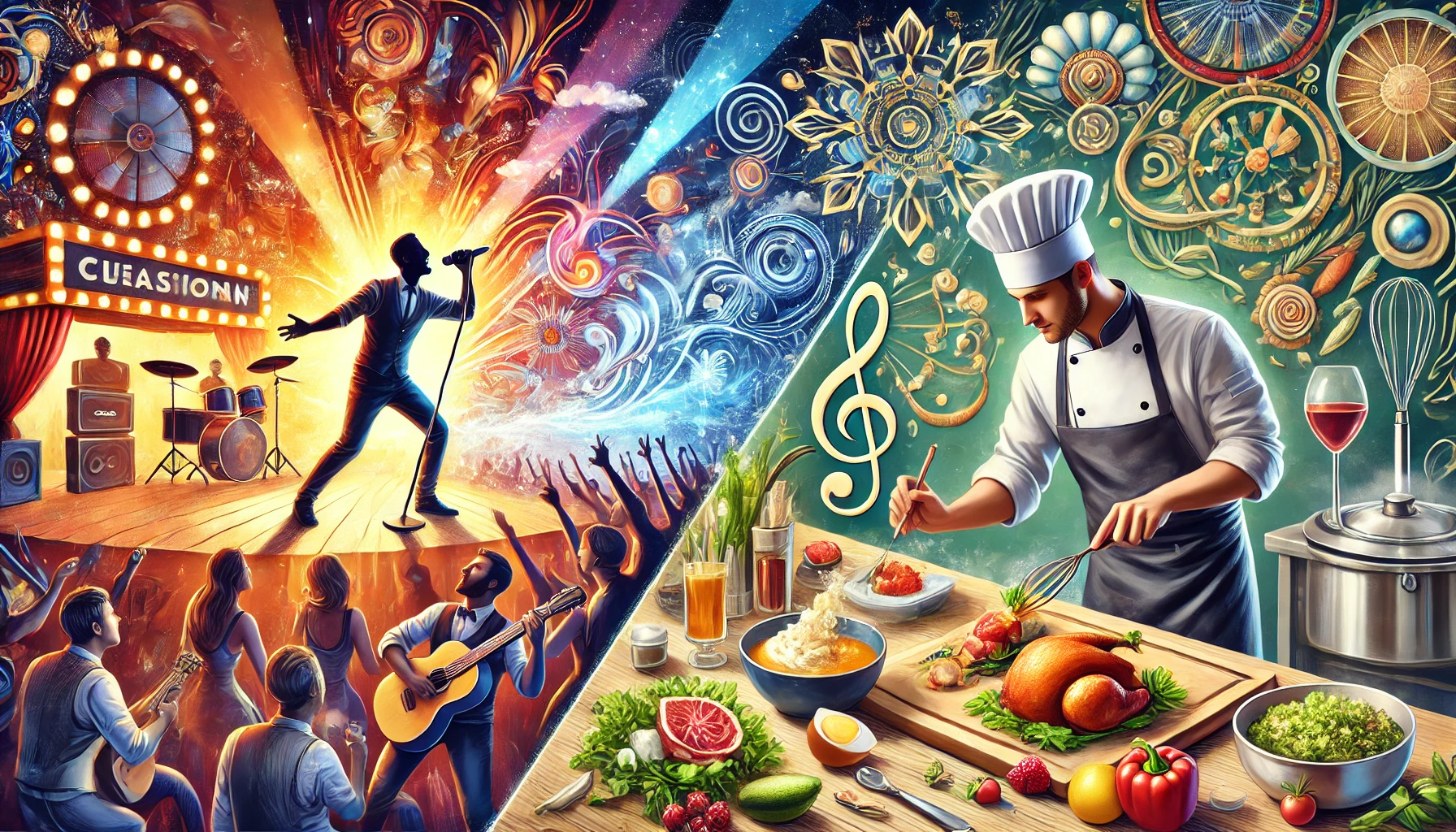
Likewise, consider a Michelin-starred chef like Massimo Bottura, who transforms ingredients into masterpieces that tell a story. His dishes are inspired by cultural heritage, personal experiences, and a desire to evoke deep emotions in the diners who taste them. AI might assist in optimizing recipes or suggesting ingredient pairings, but it cannot create dishes imbued with meaning or craft a culinary journey that touches the soul. These examples highlight how human creativity, intuition, and passion are essential for creating experiences that transcend mere functionality and become works of art.
AI as a Tool, not a Replacement
Instead of replacing humans, AI is a tool that helps us do more. It takes care of repetitive tasks, processes huge amounts of data, and automates routine operations. This gives humans the chance to focus on tasks that require critical thinking, creativity, and interpersonal skills.
Returning to the Adidas video, AI handled the technical details, but it was human creators who shaped the story, picked the themes, and ensured the final product aligned with the brand’s identity. The collaboration between humans and AI showcases the best of both worlds: efficiency and innovation working hand in hand.
Or consider the financial sector, where tools like Bloomberg Terminal and other AI-powered platforms are revolutionizing the way market data is analyzed. These advanced systems can process vast amounts of financial data in real-time, identify trends, and even make predictions based on historical patterns. AI excels at speed and accuracy, providing insights that would take humans much longer to uncover.
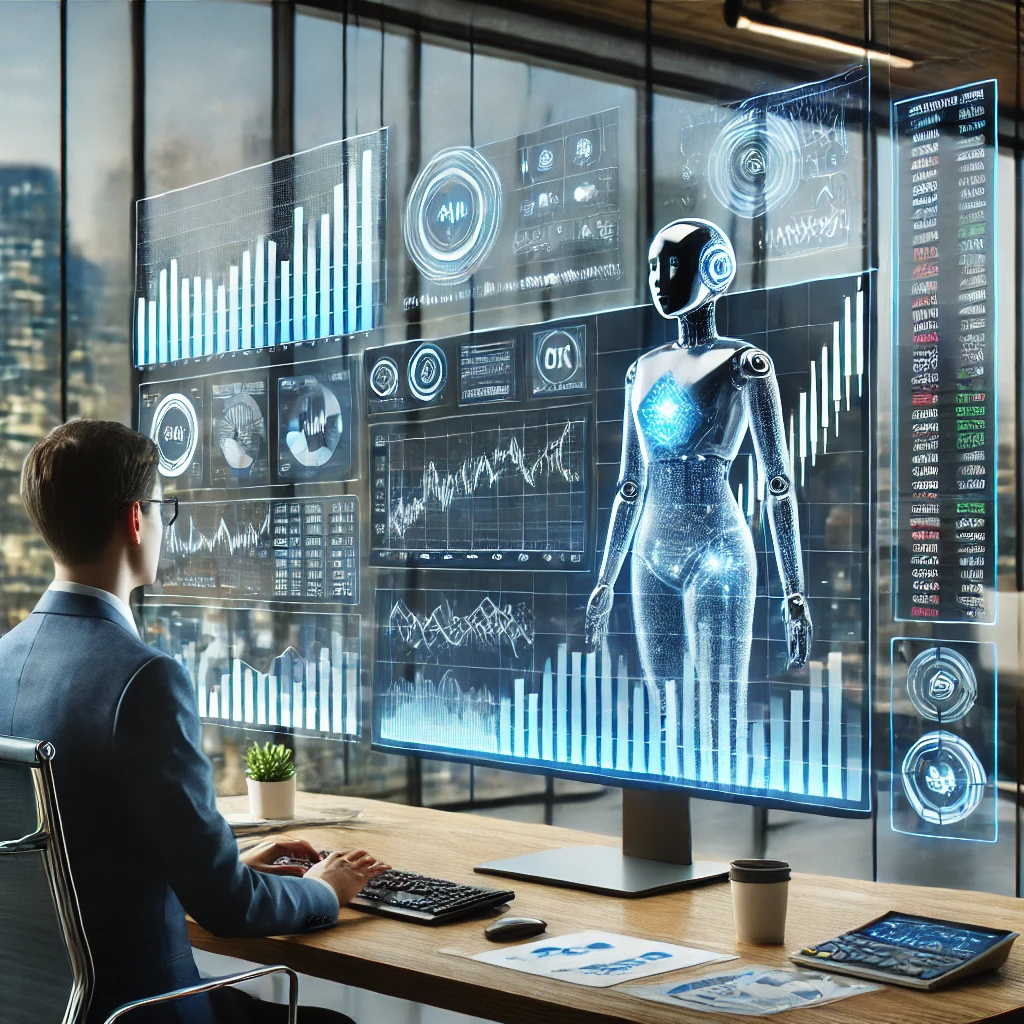
However, despite its capabilities, Artificial Intelligence cannot operate in isolation. Human financial analysts step in to interpret this data, applying their expertise and deep understanding of market dynamics to craft strategies tailored to specific client goals. For instance, while AI might flag a potential investment opportunity based on numbers, a human analyst considers broader factors—like geopolitical events, industry shifts, and client risk tolerance—to decide whether it’s truly the right move.
This partnership between AI and human analysts is what delivers the best results. The machine brings efficiency and precision, while the human adds intuition, context, and a personal touch. Together, they create a balanced approach that meets the ever-changing demands of the financial world.
The Future: A Symbiotic Relationship
Humans and AI aren’t rivals—they’re partners. By combining AI’s strengths, like speed and accuracy, with human qualities such as creativity, empathy, and ethical judgment, we can achieve amazing things.
The future workforce isn’t about humans versus artificial intelligence. It’s about how we work together to solve problems, drive innovation, and build a better world. This partnership has the potential to revolutionize industries, making work more fulfilling and impactful for everyone involved.
For example, surgeons are increasingly using advanced robotic systems like the da Vinci Surgical System to perform highly precise and minimally invasive procedures. These Artificial intelligence-powered robots assist in tasks that demand an extraordinary level of steadiness and accuracy, such as suturing tiny blood vessels or navigating around delicate tissues. They can enhance the surgeon’s capabilities by reducing hand tremors, providing magnified 3D views, and even suggesting optimal movements based on algorithms.
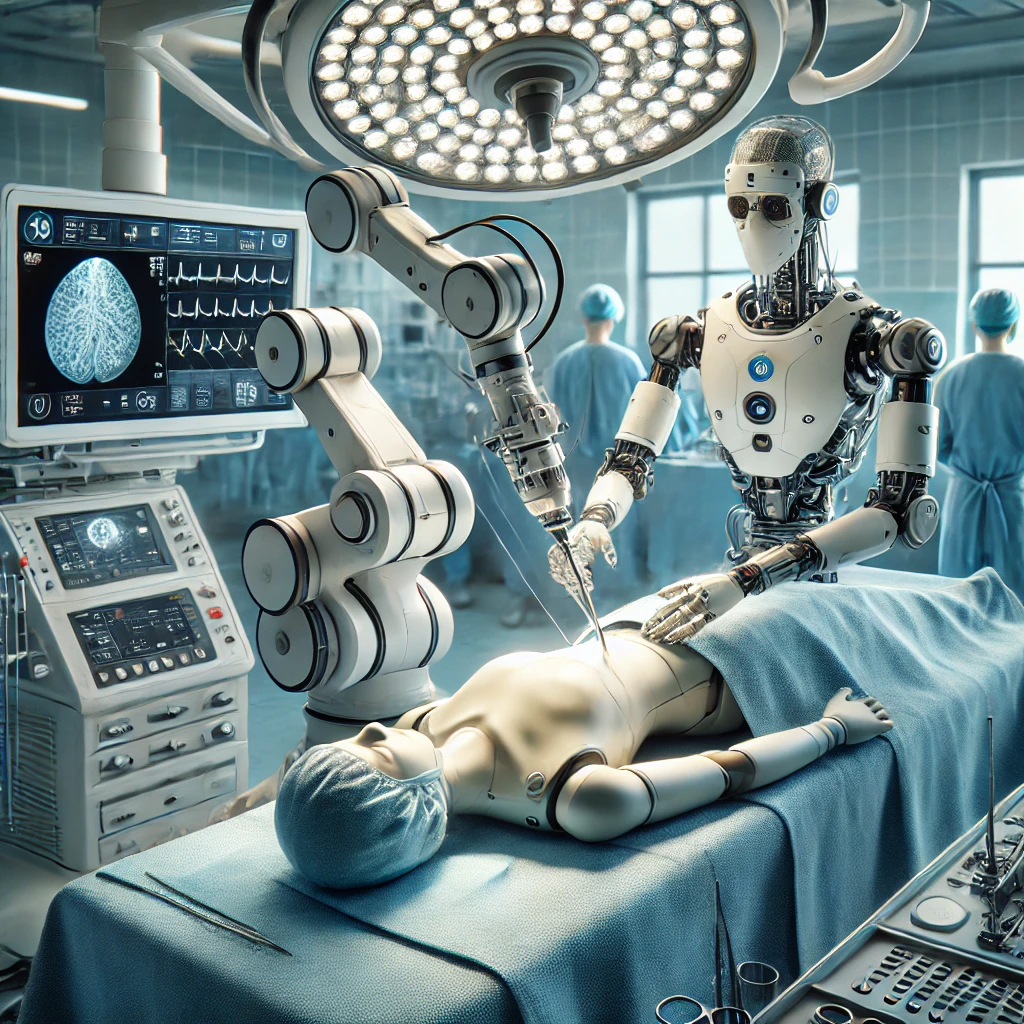
However, despite these impressive advancements, the role of human surgeons remains irreplaceable. It’s the surgeons who plan the procedures, considering each patient’s unique anatomy, medical history, and specific needs. They make critical decisions during surgery, such as adapting to unexpected complications or altering the course of action if something doesn’t go as planned—situations where rigid algorithms might fail to respond effectively.
Beyond the operating room, human surgeons also play an essential role in connecting with patients. They explain complex procedures in a way that builds trust, provides emotional support, and ensures patients feel cared for and understood throughout their medical journey. These human qualities—empathy, adaptability, and the ability to think on their feet—are beyond the reach of any AI-powered system. While robots and AI serve as invaluable tools that enhance precision and efficiency, they will always rely on the wisdom, expertise, and compassion of the human hands guiding them.
Frequently Asked Questions (FAQs)
1. Can AI fully replace creative jobs? No, artificial intelligence can help with creativity but cannot replicate the originality and emotional depth humans bring.
2. Are there jobs where AI will never replace humans? Yes, roles that require empathy, ethics, and human connection—like therapists, teachers, and leaders—cannot be replaced by artificial intelligence.
3. How can humans stay relevant in an AI-driven world? By developing uniquely human skills like creativity, adaptability, emotional intelligence, and ethical decision-making.
4. Isn’t AI more efficient than humans? Artificial intelligence is efficient for repetitive tasks but lacks the flexibility and intuition humans have in complex situations.
5. Will AI ever have emotions? AI can simulate emotions but cannot truly feel them. Emotions come from consciousness, which artificial intelligence doesn’t have.
6. How can humans and AI work together? Humans can guide artificial intelligence to improve productivity while adding oversight, creativity, and ethical judgment.
7. What safeguards exist to prevent AI from taking over jobs? Governments and organizations are creating policies to use artificial intelligence responsibly and promote upskilling and job creation.
8. Does AI pose a threat to humanity’s future? Artificial intelligence has challenges, but with ethical use and proper regulation, it can be a positive force.
9. What industries use AI the most? Industries like healthcare, finance, and manufacturing lead in artificial intelligence adoption because of its efficiency and data-handling capabilities.
10. What’s the biggest benefit of AI in the workplace? AI handles repetitive tasks, freeing humans to focus on innovation, creativity, and problem-solving.
Interesting Read: The Exciting Future of Augmented Reality (AR Glasses): Defining 2025 Tech Trends – Tech To Know

